1
Real-time rendering software called Lumion and Enscape are both extremely sophisticated programmes that are utilised in the fields of architecture, design, and visualisation. With its intuitive user interface and extensive material collection, Lumion provides a comprehensive set of tools that may be utilised for the creation of spectacular visualisations.
Known for its lightning-fast rendering capabilities and lifelike effects, it is an excellent choice for users of all skill levels, from novices to enthusiasts. Enscape, on the other hand, offers a smooth interface with well-known design tools such as Revit and SketchUp, which makes it possible to render in real time immediately within the modelling environment. As a result of its virtual reality (VR) functionality and accurate lighting simulations, it is a favourite among architectural experts since it excels in offering immersive experiences.
Lumion vs Enscape Comparison Table
Lumion and Enscape are crucial tools for architects and designers that are looking for rendering solutions that are efficient. Complex scenarios are able to be rendered with the help of Lumion’s huge asset library and various rendering choices.
| Specification | Lumion | Enscape |
|---|---|---|
| Rendering Speed | Utilizes GPU and CPU rendering | Real-time rendering engine |
| Compatibility | Integrates with Revit, SketchUp, Rhino, ArchiCAD, etc. | Compatible with Revit, SketchUp, Rhino, ArchiCAD, etc. |
| Interface | User-friendly with drag-and-drop functionality | Straightforward interface with real-time feedback |
| Asset Library | Extensive library of high-quality assets | Offers a range of assets for visualization |
| visit website | visit website |
Lumion vs Enscape: Interface and Ease of Use:
Lumion and Enscape have an emphasis on user-friendly interfaces and provide design and architecture professionals with tools that are easy to understand. The drag-and-drop functionality featured in Lumion makes the production process more straightforward, making it suitable for both novice and experienced users alike. Additionally, Enscape places an emphasis on user-friendliness, which guarantees a straightforward experience.
Both of these systems simplify workflow, which enables professionals to concentrate on their creative endeavours rather than worrying about navigating complicated controls. Building designers and architects are able to navigate through the software with ease thanks to the software’s user-friendly interfaces, which in turn boosts their productivity and makes it easier for them to create visually attractive representations.
Lumion vs Enscape: Rendering Quality and Realism:
The production of lifelike visualisations is an area in which both Lumion and Enscape excel, with each having their own set of advantages. Lumion is able to facilitate the creation of breathtaking, photorealistic renders because to its extensive library of high-quality elements. Real-time rendering is utilised by Enscape within design tools such as Revit and SketchUp, which enables the company to provide spectacular visualisations while the user is on the move.
The choice between the two is frequently determined by the individual’s preferences as well as the particular requirements of the project. Enscape is a favoured alternative for architects and designers who are looking for efficiency without compromising rendering quality and realism. While Lumion’s huge asset collection helps to increase creativity, Enscape’s smooth integration helps to optimise productivity.
Lumion vs Enscape: Speed and Performance Comparison:

Lumion and Enscape are renowned for their lightning-fast rendering capabilities. Lumion uses both GPU and CPU rendering, while Enscape uses real-time rendering. Productivity is increased as a result of these technologies, which enable short turnaround times for projects and fast feedback on designs. While both are excellent in terms of speed and performance, the decision that is best depends on a number of criteria, including the intricacy of the project and the hardware specs.
While the combination of GPU and CPU acceleration that Lumion offers speeds up the rendering process, the real-time engine that Enscape offers offers rapid design feedback. The decision between them is determined by the specific objectives of the project as well as the capabilities of the hardware. This ensures that architects and designers are able to select the solution that most closely matches with their particular criteria related to efficiency and performance.
Lumion vs Enscape: Compatibility with Design Software:
The integration of Lumion and Enscape with popular design tools like as Revit, SketchUp, Rhino, and ArchiCAD is smooth. This integration ensures that data transfer and visualisation are carried out without any difficulty within the user’s preferred modelling environments. There are plugins and extensions available for both platforms, which can further streamline productivity.
This is true regardless of whether users are working with CAD software or BIM software. Because of this comprehensive compatibility, cooperation and productivity are improved, and architects and designers are able to concentrate on their projects without having to worry about interoperability difficulties. Both Lumion and Enscape offer a wide range of solutions that enable users to bring their ideas to life in a manner that is both efficient and collaborative. These solutions include Revit for Building Information Modelling (BIM) projects and SketchUp for conceptual design.
Which is better?
Finding out which of the two, Lumion or Enscape, is superior depends on the particular requirements and preferences of the user. Lumion is favoured for its huge asset collection, rapid rendering, and user-friendly interface, all of which make it suited for the creation of visualisations that are extremely detailed. For those who place a high value on customisation and complex effects, this is the perfect solution.
On the other hand, Enscape is very effective when it comes to integrating with design tools such as Revit and SketchUp, which enables it to accomplish real-time rendering within the modelling environment. It is popular among architecture experts who are looking for quick iterations and immersive experiences because of its fluid workflow and precise lighting simulations, which are its strengths. In the end, the final decision between Lumion and Enscape is determined by the specific requirements of the project as well as the preferences of the process.
Lumion: The good and The bad
There is a very decent learning curve for LumiOn because it is simple to use and offers tools that are extremely straightforward to understand. In addition to rendering animations, the software is also capable of rendering still images.
The Good
- Intuitive interface with drag-and-drop tools
- Vast library of high-quality assets
The Bad
- Limited to GPU and CPU rendering, lacking real-time feedback
Enscape: The good and The bad
When compared to other rendering methods, Enscape is not only more powerful and faster, but it is also more user-friendly, with navigation via the plugin being intuitive and straightforward.
The Good
- Intuitive interface with drag-and-drop tools
- Vast library of high-quality assets
The Bad
- Relies heavily on compatible design software for functionality
Questions and Answers
Which is better Enscape vs Lumion?
Based on 112 reviews, Enscape 3D has received 4.6 out of 5 stars. Lumion, on the other hand, has received 4.5 out of 5 stars from 83 reviews. For the purpose of assisting you in making the most appropriate decision between these two alternatives and determining which one is more suitable for your company’s requirements, the score for each product is computed using real-time data derived from verified user reviews.
Why Enscape is better?
Among the many characteristics that set Enscape apart from its competitors is its real-time rendering capabilities. The design process is made more interactive and efficient by the fact that you can immediately see the impact of any modifications you make to your 3D model. Because of this immediate input, iterations may be completed more quickly, and decisions can be made more effectively during the design phase.
You Might Be Interested In
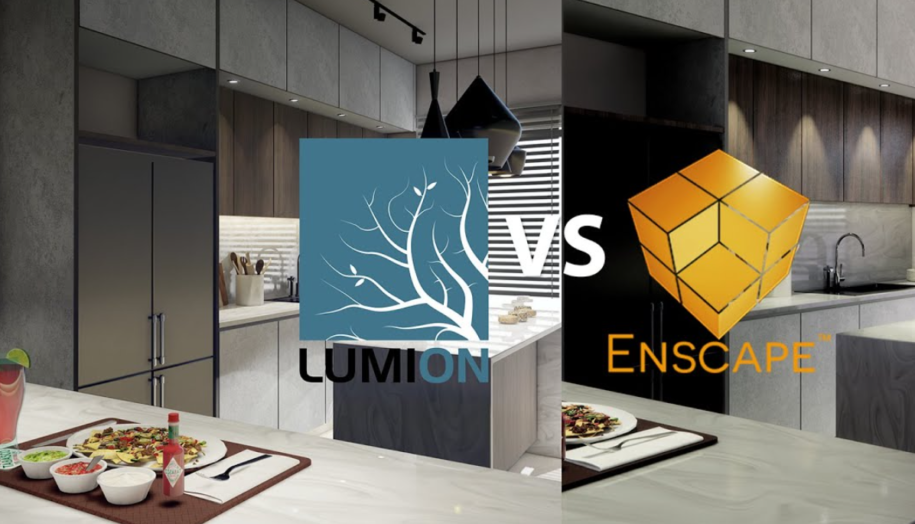
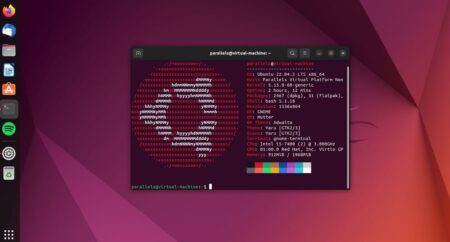
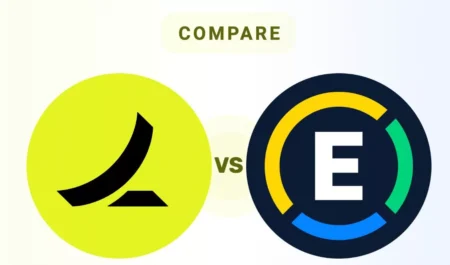

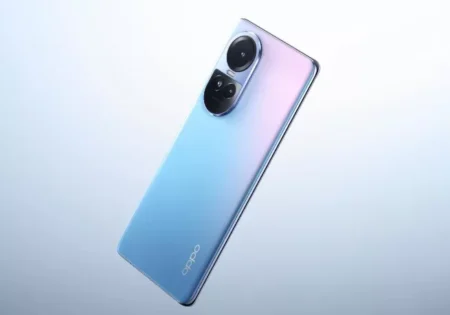


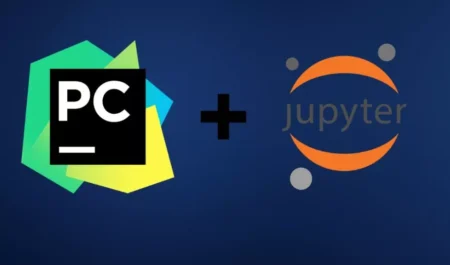


Leave a Reply